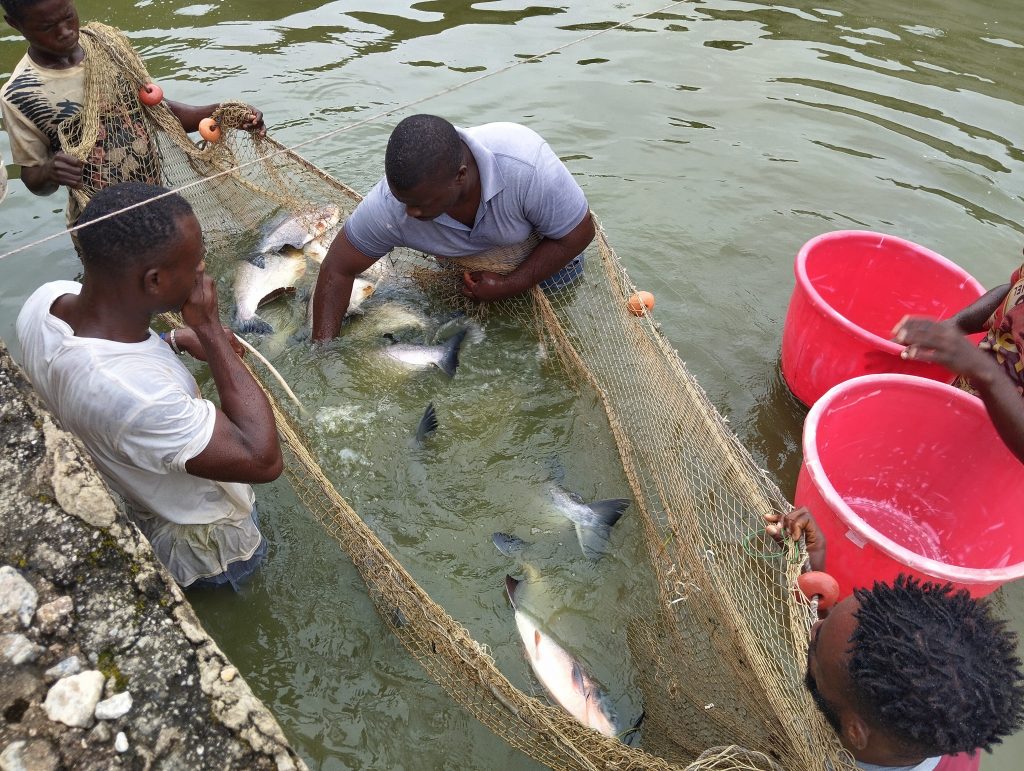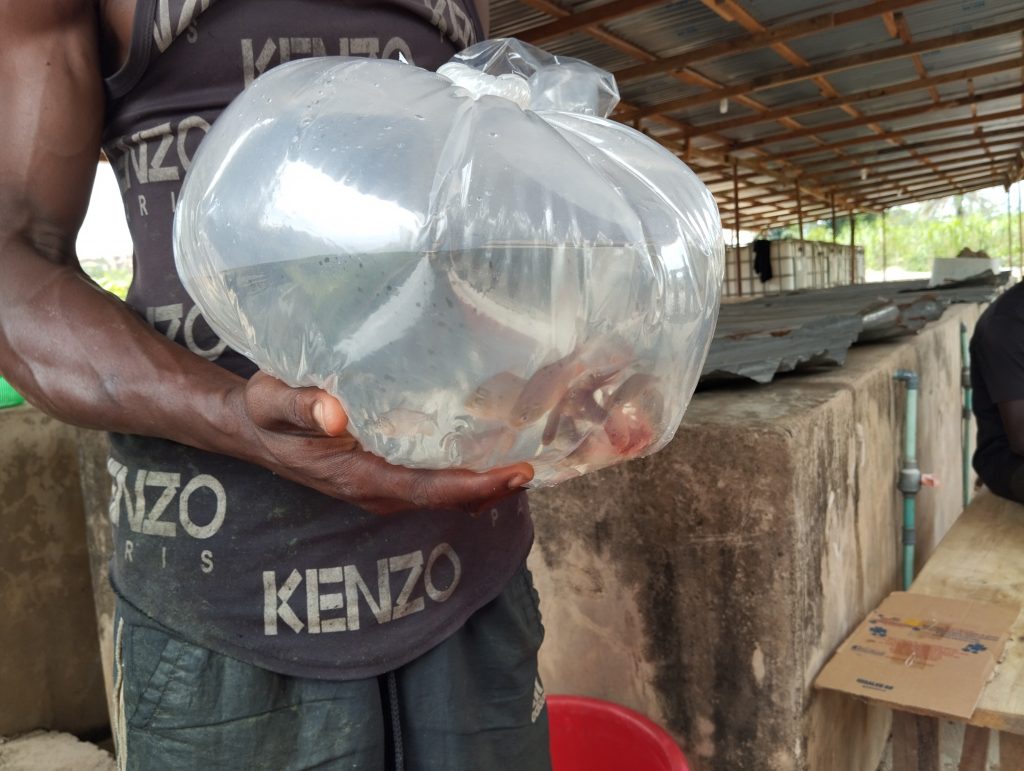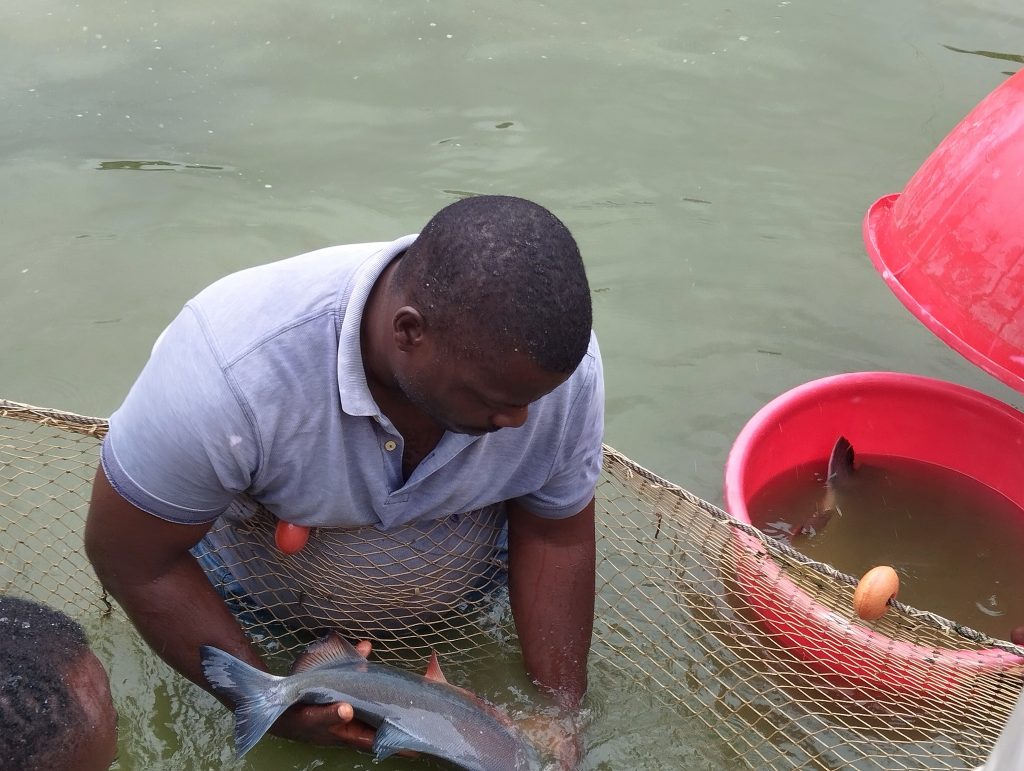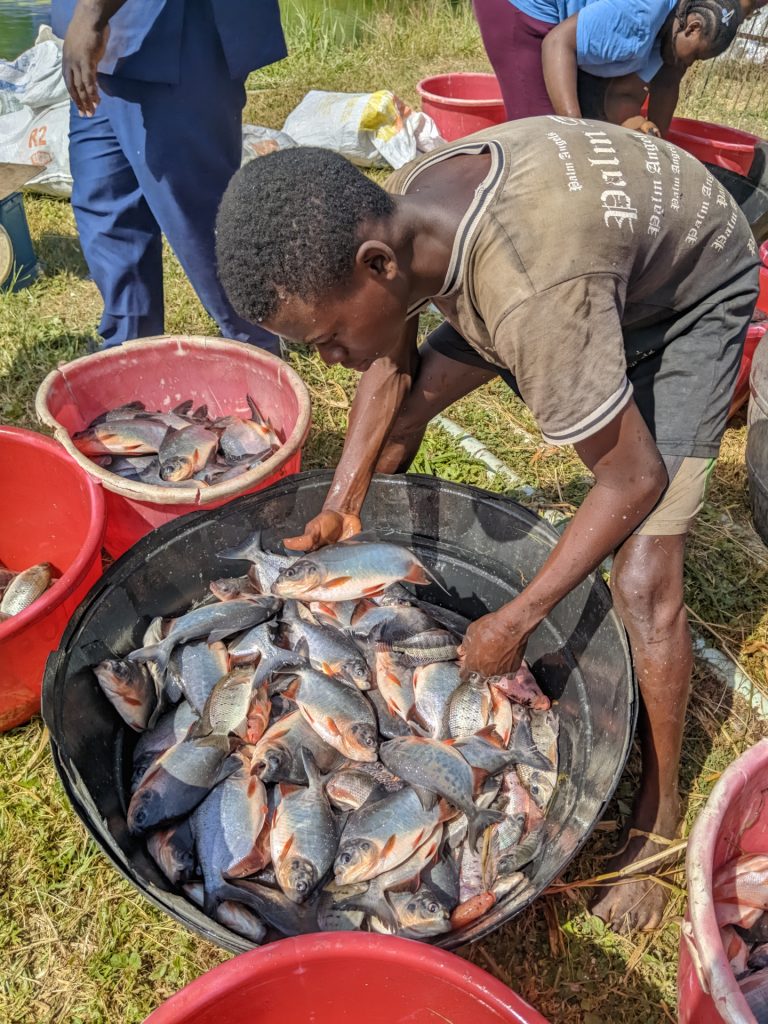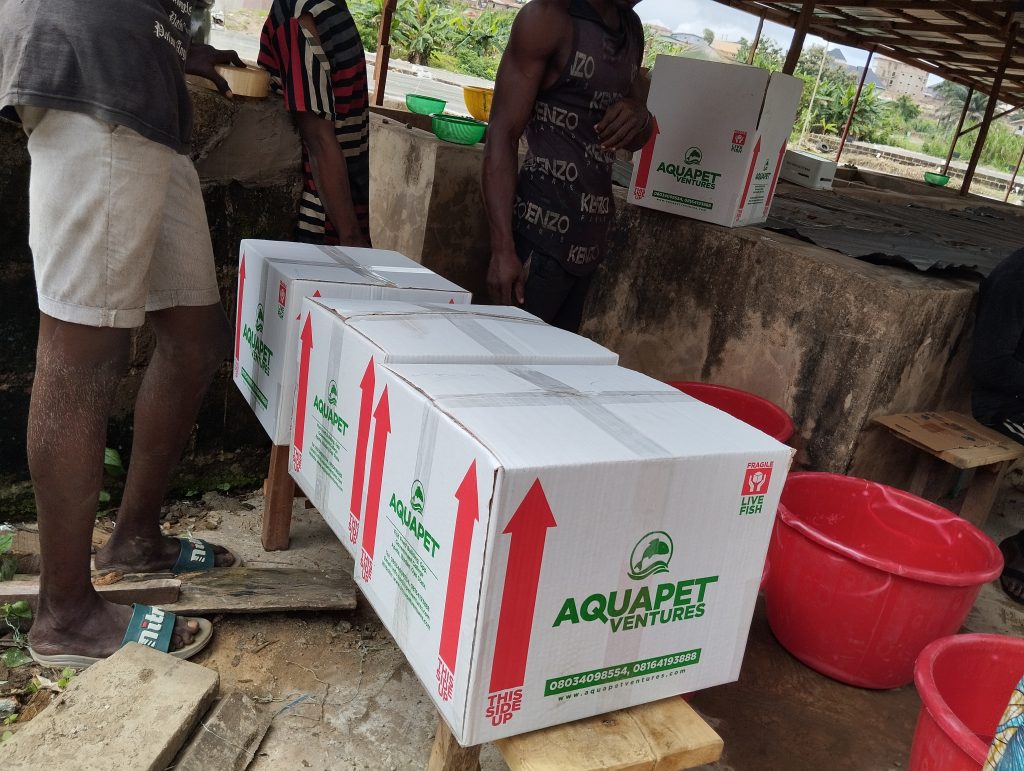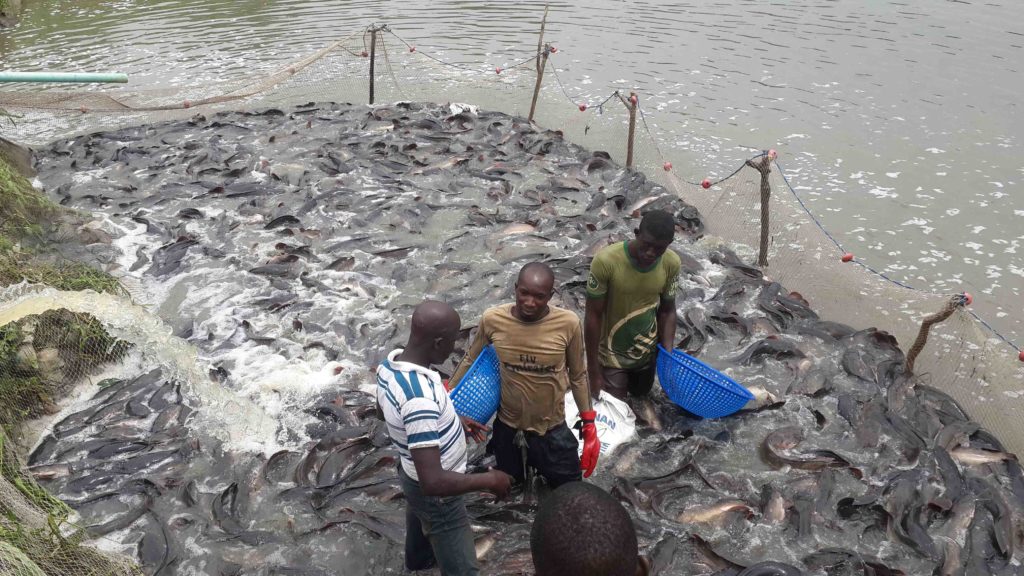
Fish farming has been a common sector in Nigeria as a business. it has enjoyed a substantial increase in its market share and notable popularity majorly due to the increase in demand for its products. It is a fast-growing farming business in Nigeria due to its ability to have created several opportunities across its value chain.
Fish farming is the production of fish in an enclosure. This enclosure can be the usage in ponds, or in an area that is penned off from surrounding water by cages or open nets.
Fish farming can be done in different forms
⦁ Monoculture: This involves the farming of a single specie of fish in the pon
⦁ Bi culture : This involves the farming of two species of fish in the pond
⦁ Polyculture: This involves the farming of two or more species of fish in the same pond.
In recent time, The Aquaculture sector in Nigeria has experienced some notable growth that has increased the culture of various species in the country. The different species of fish farmed in Nigeria are Catfish, Tilapia, Pangasius, Freshwater brama, Rohu, Common Carp e.t.c. other type of fish include crab, shrimp, salmon e.t.c
The fish farming busines in Nigeria is a lucrative sector of the country and the opportunities in this sector are unlimited due to the increasing demand for fish. Fish is one of the most consumed animal source-foods in Nigeria and a major source of protein. For Nigeria’s rapidly growing population, THe aquaculture sector offers new opportunities for sustainable livelihoods and nutritious diets.
The market provide many opportunities as Nigeria depends on importation of fish to meet up with the increasing demand for fish by the increasing population. Nigeria consume over 3.6 million metric tonnes annualy and only able to produce 1.2 million metric tons. leading to the importation of 2.4 million metric tons to meet up with the demand.
Worldfish foresight model projections indicate that the fish supply-demand gap in Nigeria will widen over the coming decades. Fish supplies from marine capture fisheries will remain stable, so future growthin fish supplies will have to come from aquaculture, artisanal fisheries and imports.
As Nigeria population increases from 196 million in 2018 to 263 million in 2030, Worldfish future research indicates that Nigreria would need 752 thousand tonnes more fish to maintain 11,2kg of current national capita fish cosumption and would need 31.4 million tonnes more fish toreach 20,3kg global per capital fish consumption, by 2030 (FAO).
With the increasing market, fish farming provide opportunities to
⦁ Fulfilling the population nutritional requirement
⦁ Investment opportunities
⦁ Business opportunities for women and youth across the value chain
⦁ Source of foreign exchange
The value chain- whether it be the primary production stage or the subsequent product supply chain can contribute to achieving SDGs at both national and regional level. These goals cover:
⦁ Poverty
⦁ Hunger
⦁ Gender equality
⦁ 6 economic growth and
⦁ Life below water.
